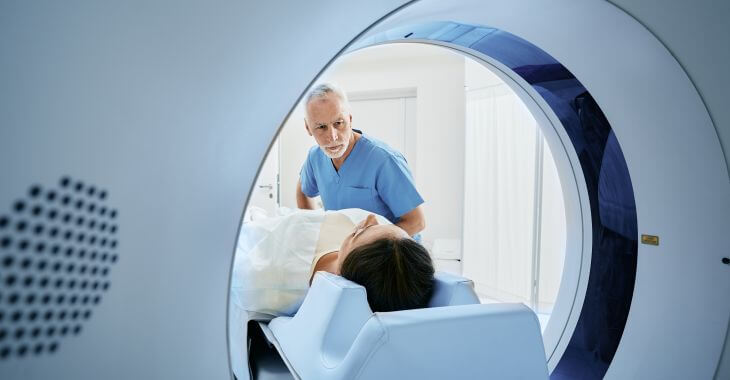All About Bone Density Scans
Bone density scans are one of the most effective ways of evaluating the strength of your bones, which is especially important for women who are at risk of developing osteoporosis. Preventing bone loss can help to stave off breaks and fractures, which can be debilitating or even devastating for aging women. For the average person without a medical background, however, determining whether or not you need a bone scan and understanding the procedure itself can be fairly complicated.
What is a Bone Density Scan
First, let’s start off with a bit of information about the bone density scan procedure. In most cases, the bones which will be tested are the ones most likely to suffer a break or fracture as a result of osteoporosis. These include the area of the femur nearest the hip joint, forearm bones and the lumbar vertebrae. You may be positioned on a padded platform while the testing arm passes over your body, or a peripheral device may be used.
In most cases, the entire procedure will take about ten minutes to complete. After analysis, your results will be broken down into two separate scores: Z-score and T-score. Your T-score is th number of standard deviations above or below the average of what’s expected for women in your age group. Your Z-score is a separate set of criteria, with the number of standard deviations above or below that of other women your age, weight and ethnicity.
Who Should Have a Bone Density Test?
All women over the age of sixty-five, post-menopausal women below the age of sixty-five who have risk factors for osteoporosis and those who have medical conditions associated with bone loss should have bone density scans. While osteoporosis is a disease typically associated with female patients, bone density scans are also suggested for men over the age of seventy and those between the ages of fifty and seventy with osteoporosis risk factors.
Discuss your need for a bone density test with your primary care physician to determine when you should start getting tested, and how often. Preventative care can make a very real difference in your health as you age, especially when it comes to bone loss and fracture risk.
Posted on behalf of Diagnostic Radiology
The information provided on this website, including text, graphics, images, and other materials, is intended solely for informational purposes and should not be used as a substitute for professional medical advice, diagnosis, or treatment.

)